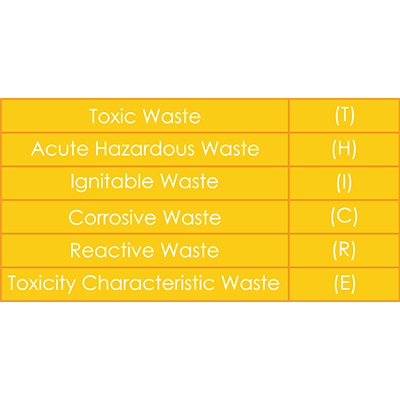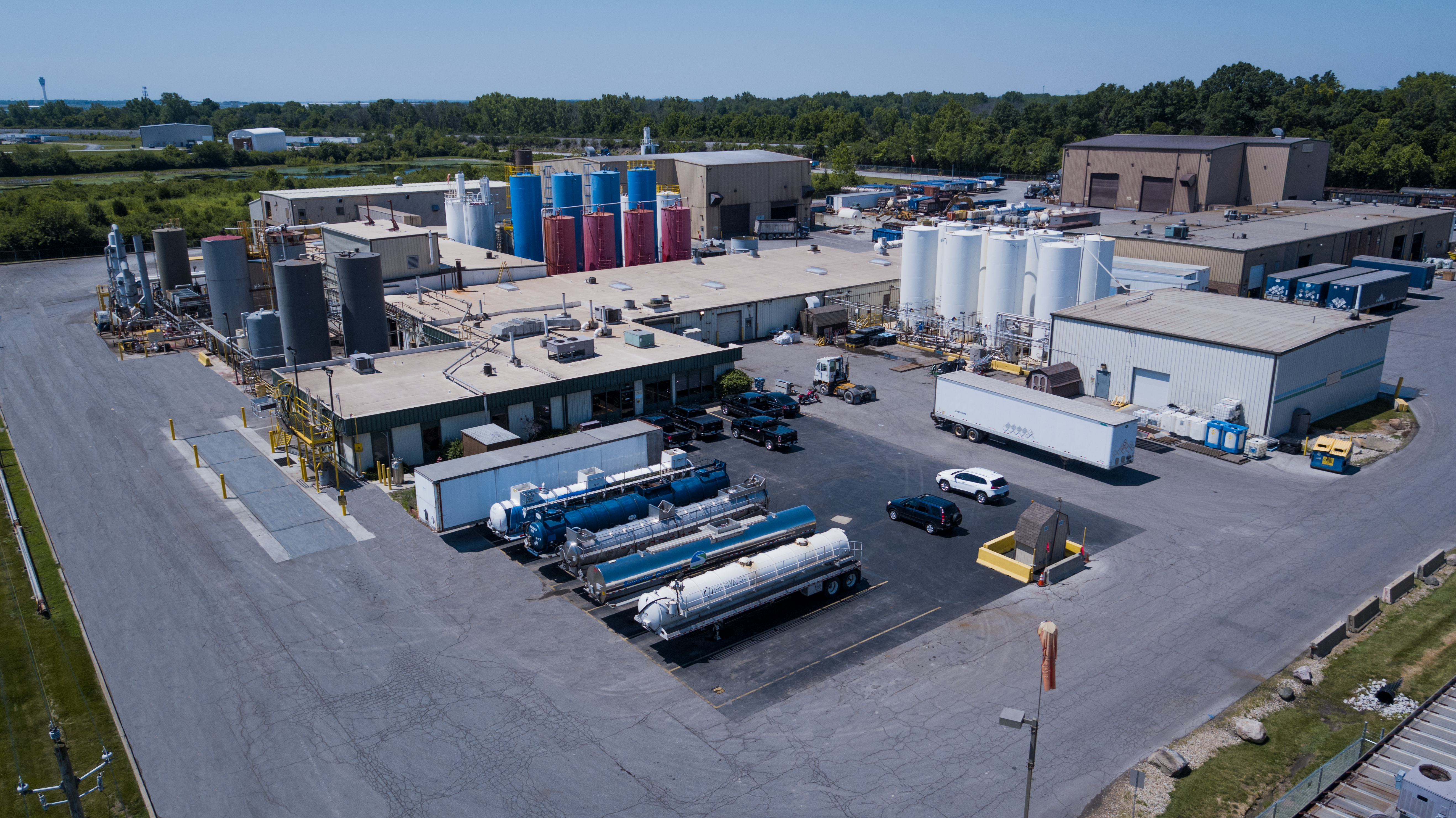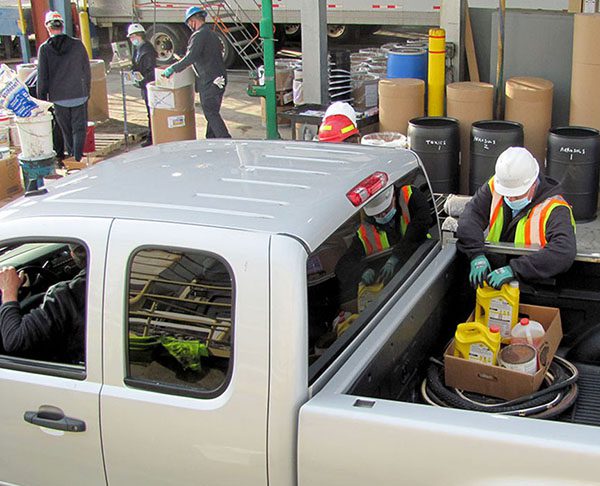
If we look back into the annals of EPA history before ever listing any hazardous wastes we will see that in the beginning the Agency had to develop the criteria that would serve as a guide for deciding whether or not a waste should be listed. These criteria are not used by hazardous waste handlers but rather serve as a frame of reference for the EPA when they are deciding whether a specific waste stream is eligible for listing. The lists decided upon and created by the EPA are then utilized by hazardous waste handlers for hazardous waste identification.
There are four different criteria the EPA utilizes as a basis for deciding whether or not to list a waste as hazardous. And while it may seem like they would correspond to the four different lists wastes can be split into, they are not directly related. According to the EPA the four criteria are:
- “The waste typically contains harmful chemicals, and other factors indicate that it could pose a threat to human health and the environment in the absence of special regulation. Such wastes are known as toxic listed wastes.
- The waste contains such dangerous chemicals that it could pose a threat to human health and the environment even when properly managed. Such wastes are known as acutely hazardous wastes.
- The waste typically exhibits one of the four characteristics of hazardous waste described in the hazardous waste identification regulations (ignitability, corrosivity, reactivity, or toxicity).
- When EPA has to cause to believe for some other reason, the waste typically fits within the statutory definition of hazardous waste developed by Congress.”
The EPA can decide to list a waste as hazardous for any and all of those four reasons. The majority of listed wastes, however, fall into the toxic waste category. According to the EPA, “to decide if a waste should be a toxic listed waste, EPA first determines whether it typically contains harmful chemical constituents. Appendix VIII of Part 261 contains a list of chemical compounds or elements which scientific studies show to have toxic, carcinogenic, mutagenic, or teratogenic effects on humans or other life forms. If a waste contains chemical constituents found on the Appendix VIII list, EPA then evaluates 11 other factors to determine if the waste stream is likely to pose a threat in the absence of special restrictions on its handling. These additional considerations include a risk assessment and study of past cases of damage caused by the waste.”
The second most common reason for a waste stream to be listed it that it is an acutely hazardous waste. The EPA designates those materials which contain constituents found in Appendix VIII, which are fatal to humans or animals in small doses, as acutely hazardous.
In order to indicate why a waste was listed as it was the EPA assigns a hazard code to each waste listed on the F, K, P, or U lists. These codes are:
The different codes assigned to wastes affect the regulations that apply to handling them. Acutely hazardous wastes (H) for example are subject to stricter management standards than most other wastes.
All information for this blog post was gathered from the EPA document, “Introduction to Hazardous Waste Identification.” As always, this blog post is not intended to be comprehensive and it is always best to check with the EPA and local government for full, up-to-date, rules and regulations.
More News From Heritage
-
Published Articles 8/2/22
How Safety, Maintenance, and Reliability Are Intertwined
VP of Health and Safety Jim Mangas discusses the importance of plant safety, maintenance, and reliability (featured in BIC Magazine July/Aug '22)
-
Blogs 7/28/22
Spotlighting Our Environmental Interns
Highlighting some of the wonderful interns we have at Heritage this year!
-
Blogs 7/11/22
Turning Hazardous Waste into an Alternative Fuel
In this blog we walk you through the process of fuel blending, where we can turn hazardous waste materials into a viable alternative fuel source.
-
Community News 6/15/22
2022 Habitat for Humanity Build
Our 12th annual Habitat for Humanity Build
-
Blogs 4/13/22
After Hurricane Ida, Our Port Fourchon Office Rebuilds
On August 28th, 2021, the Louisiana coast was battered by Hurricane Ida. This included our Port Fourchon Service Center, where the devastating hurrica
-
Community News 4/7/22
Heritage readies for Earth Day HHW collection in East Liverpool
Heritage Thermal Services is pleased to announce that its collection of household hazardous wastes for the East Liverpool area returns for 2022.
-
Published Articles 4/2/22
The Impact of Changing Conditions
VP of Health and Safety Jim Mangas discusses preparedness for unexpected conditions during a project. (featured in BIC Magazine March/April '22)
-
Blogs 3/11/22
International Women’s Week Spotlight – Rachel McGrogan
Rachel McGrogan speaks about her time as a Lab Chemist at Heritage.








